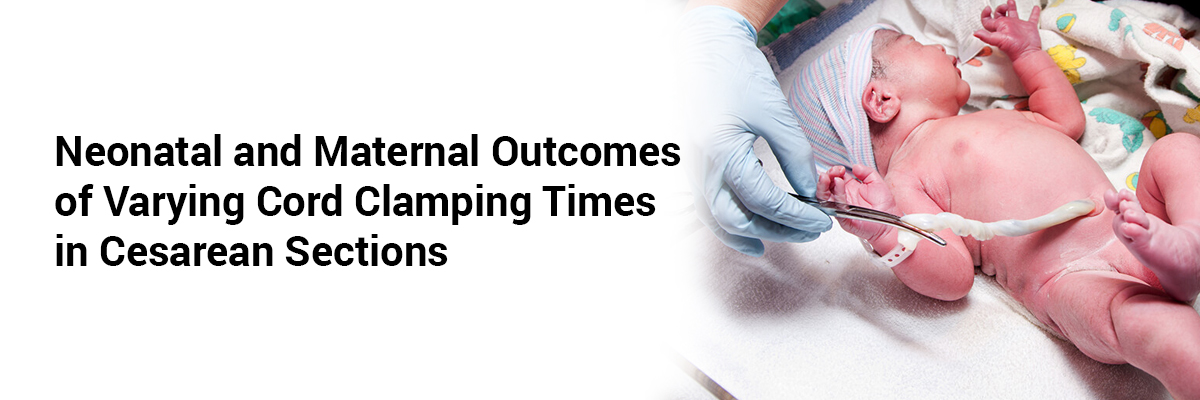
Neonatal and Maternal Outcomes of Varying Cord Clamping Times in Cesarean Sections
Delayed umbilical cord clamping in
term newborns has been associated with higher hemoglobin levels at 24 to 48
hours after birth, better iron stores at 3 to 6 months of age, and improved
neurodevelopmental outcomes up to 4 years of age.
The study published in the Journal of Pediatrics aimed to assess
the effects of different timings of delayed umbilical cord clamping compared to
early clamping during cesarean delivery, focusing on newborn hemoglobin levels
and maternal blood loss.
A total of 359 women undergoing term
cesarean delivery at two hospitals were randomly divided into four groups:
early clamping (<15 seconds) or delayed clamping at 30, 60, or 90 seconds.
Neonatal hemoglobin was measured
within 72 hours after birth, and changes in maternal hemoglobin before and
after delivery were used to estimate blood loss. A noninferiority margin of
−0.87 g/dL was set for maternal hemoglobin change. Secondary outcomes included
the risk of neonatal hyperbilirubinemia and polycythemia.
Adherence to the assigned clamping
times was 96.1%. Compared to the early clamping group, all delayed groups
showed significantly higher neonatal hemoglobin levels. The average increases
were 1.17, 0.89, and 1.11 g/dL for the 30-, 60-, and 90-second groups,
respectively. Maternal hemoglobin changes in all delayed groups stayed within
the noninferiority margin, indicating no significant increase in blood loss. No
major differences were found among the groups in terms of secondary outcomes.
In summary, delaying cord clamping
by 30, 60, or 90 seconds during term cesarean delivery improved neonatal
hemoglobin levels without increasing maternal blood loss.
(Source: The Journal of pediatrics, vol. 283 114620. 23 Apr. 2025,
doi:10.1016/j.jpeds.2025.114620; https://www.sciencedirect.com/science/article/abs/pii/S002234762500160X)













Please login to comment on this article